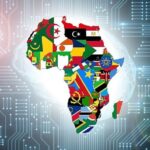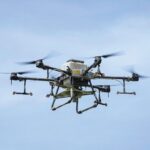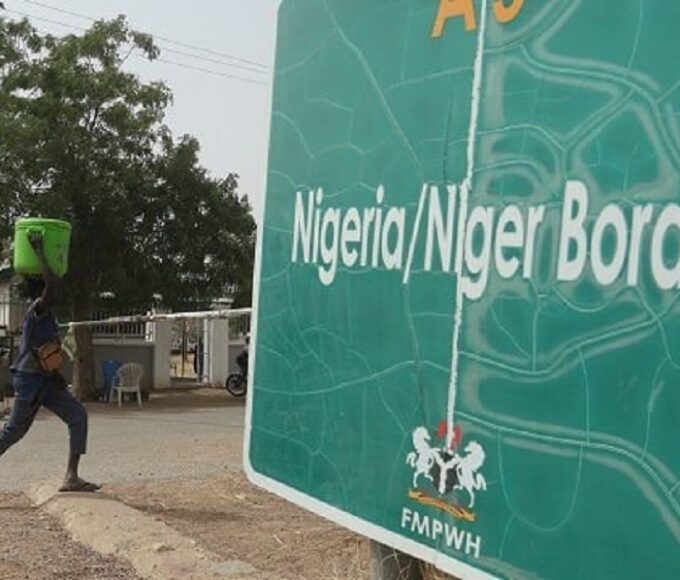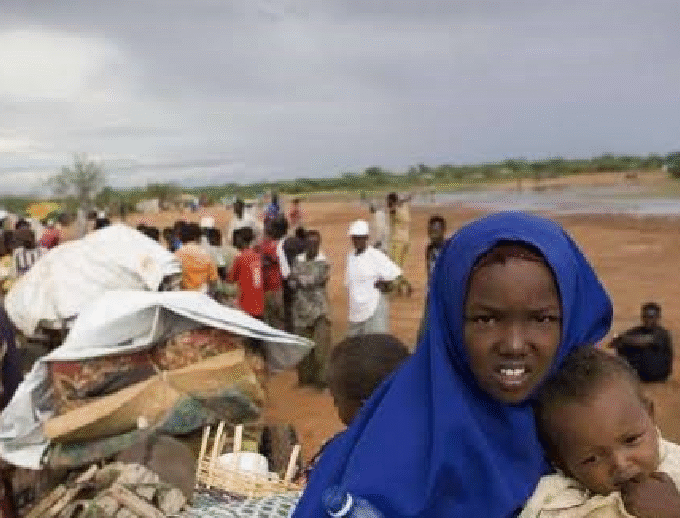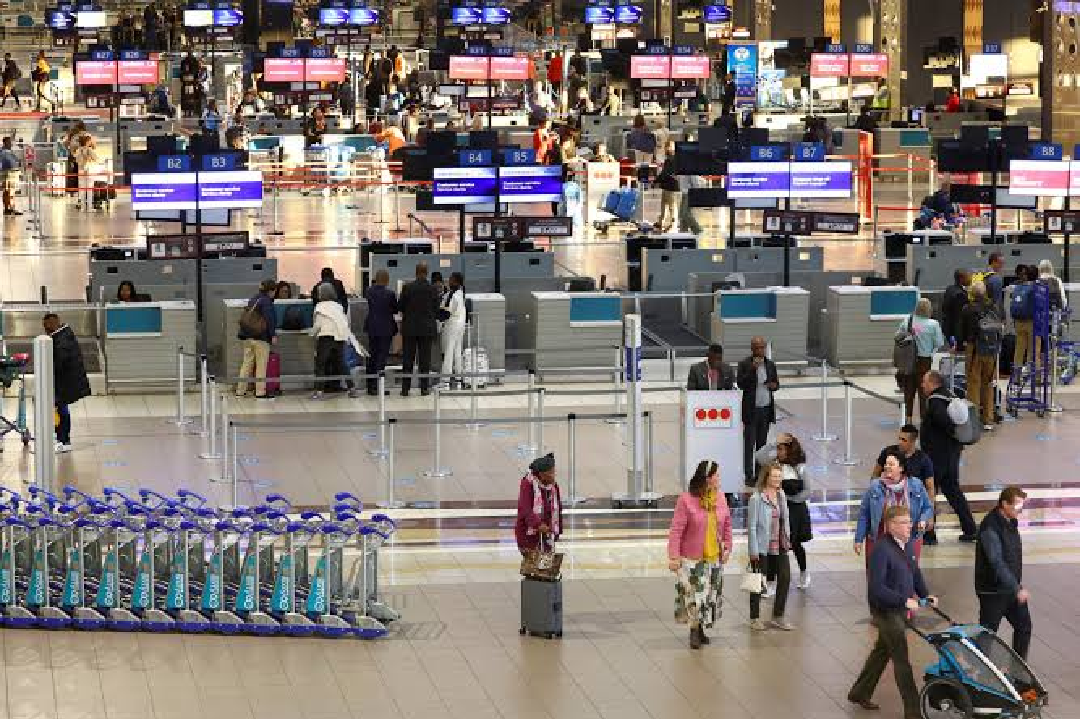
BIOMETRIC BORDERS: AFRICA’S EXPERIMENTS IN SMART SECURITY
Africa is undergoing a quiet transition in border management. Across the continent, biometric technologies such as facial recognition, fingerprints, and iris scans are defining how countries monitor movement across their borders. From automated e-gates to digital IDs, these systems aim to modernize travel, tighten security, and boost regional integration.
This transformation is essentially in place to respond to growing threats such as illegal migration, terrorism, and transnational crime. Countries like Tanzania, South Africa, and Zimbabwe are pioneering new systems that promise faster, more accurate identity verification while aligning with international standards set by the International Civil Aviation Organization (ICAO). The African Union’s vision of a seamless travel experience, symbolized by the proposed African passport, is taking shape but not without raising concerns about data privacy, sovereignty, and external influence.
Related Article: THE EVOLVING CYBERSECURITY FRONTIER IN AFRICA
The push for biometric borders can be traced to post-colonial challenges: porous frontiers, limited law enforcement capacity, and high dependence on international aid. Starting in the early 2000s, biometric passports and visa systems began to emerge, often supported by partnerships with European institutions. The European Union, in particular, has played a major role through initiatives such as the West African Police Information System (WAPIS) and the Migration Information and Data Analysis System (MIDAS). While these aim to curb irregular migration to Europe, they have drawn criticism for placing European priorities above African mobility rights.
This tension is especially visible in West Africa, where security challenges and political instability have accelerated the adoption of biometric systems. Mali, Burkina Faso, and Niger have launched a joint biometric passport under the Alliance of Sahel States, hoping to strengthen regional security amid ongoing conflict. Though this builds on ECOWAS’s Free Movement Protocols, EU-funded biometric checkpoints in countries like Senegal and Nigeria often work counter to those goals.
Meanwhile, the southern part of the continent offers a different dynamic, with biometric tools serving broader goals of trade, tourism, and regional integration. South Africa is expanding its Biometric Movement Control System (BMCS), rolling out e-gates with fingerprint and facial scanning at major airports. Zimbabwe is installing automated border control systems tied to its new biometric passport, reducing wait times and improving efficiency. In a further step, Botswana and Namibia have abolished passport requirements for mutual crossings, relying instead on biometric national IDs. These developments align with the Southern African Development Community (SADC)’s push for easier movement and support broader economic goals under the African Continental Free Trade Area (AfCFTA).
Conversly, East Africa is applying biometric systems not just for border control but for public health monitoring as well. Tanzania’s Immigration Services Department now uses real-time facial matching technology linked to global security databases. Building on lessons from previous pandemics, the East, Central, and Southern Africa Health Community (ECSA-HC) launched a Digital Point of Entry (PoE) Screening Tool in 2025.
To power all this, African states are leveraging an expanding toolkit of biometric technologies. Beyond standard fingerprints, systems now use iris scans, vein pattern recognition, and AI-powered analytics to process travelers more efficiently. E-gates with sensors and cameras compare live data to biometric records, as seen in Ghana’s $240 million e-immigration project. In more remote areas, drones, motion detectors, and smart sensors help monitor movement, while online visa systems like Somalia’s now link biometric data to real-time application tracking. Much of this is made possible through partnerships with companies like IDEMIA, Vision-Box, and Aratek, ensuring alignment with ICAO protocols.
Despite these promising advancements, serious challenges remain. While biometric systems have undoubtedly improved security and efficiency, they also raise concerns about digital rights, surveillance, and exclusion. In regions like West Africa, critics argue that EU-sponsored infrastructure is being used to police migration rather than facilitate legal movement. Cases of biased AI algorithms, lack of informed consent, and insecure data storage have fueled calls for stronger data governance. At the 2025 North Africa Smart Infrastructure Summit, such concerns took center stage, as activists and policymakers debated how to ensure these tools serve citizens not just governments or foreign donors.
Looking forward, countries like South Africa are planning to expand smart ID programs by the end of 2025, while other nations explore broader uses of AI to predict migration patterns or flag potential threats. Yet success will depend not only on the sophistication of the technology but also on inclusive governance. The digital divide especially in rural areas with limited internet and power could exacerbate inequality unless hybrid systems are developed that include human oversight.
In conclusion, Africa’s experiments with biometric borders reveal both the promise and the pitfalls of high-tech governance. If implemented ethically and inclusively, they could help unify the continent, making travel safer, faster, and more accessible. But without strong protections, they risk turning borders into barriers reinforcing the very divisions that integration efforts aim to overcome.
King Richard Igimoh, Group Editor ALO
King Richard Igimoh, Group Editor African Leadership Organisation is an award-winning journalist, editor, and publisher with over two decades of expertise in political, defence, and international affairs reporting. As Group Editor of the African Leadership Organisation—publishers of African Leadership Magazine, African Defence & Security Magazine, and Africa Projects Magazine—he delivers incisive coverage that amplifies Africa’s voice in global security, policy, and leadership discourse. He provides frontline editorial coverage of high-profile international events, including the ALM Persons of the Year, the African Summit, and the African Business and Leadership Awards (ABLA) in London, as well as the International Forum for African and Caribbean Leadership (IFAL) in New York City during the United Nations General Assembly.
Recent Posts
Categories
- Air & Aerospace15
- Border Security14
- Civil Security3
- Civil Wars4
- Crisis4
- Cyber Security4
- Defense15
- Diplomacy17
- Entrepreneurship1
- Events5
- Global Security Watch6
- Industry6
- Land & Army7
- Leadership & Training3
- Military Aviation2
- Military History27
- Military Speeches1
- Naval & Maritime8
- Resources1
- Security12
- Special Forces1
- Systems And Technology8
- Tech6
- Uncategorized3
- UNSC1
- Veterans6
- Women in Defence9
Related Articles
BORDER SECURITY – LESSONS FROM ECOWAS BORDER MANAGEMENT STRATEGIES
Since its founding in 1975, the Economic Community of West African States...
ByKing Richard Igimoh, Group Editor ALONovember 21, 2025COMMUNITY INTELLIGENCE AT BORDERS: SUCCESSES AND FAILURES
Border security increasingly relies on community intelligence the collection and use of...
ByKing Richard Igimoh, Group Editor ALOOctober 6, 2025REFUGEE MOVEMENTS AND BORDER FORCE DILEMMAS
In today’s world of conflict, climate change, and widening economic divides, refugee...
ByKing Richard Igimoh, Group Editor ALOSeptember 24, 2025BORDER SECURITY AND MILITARISED WILDLIFE PROTECTION: AN EMERGING NEXUS
The Convergence of Conservation and Security In an era where transnational threats...
ByKing Richard Igimoh, Group Editor ALOAugust 22, 2025




